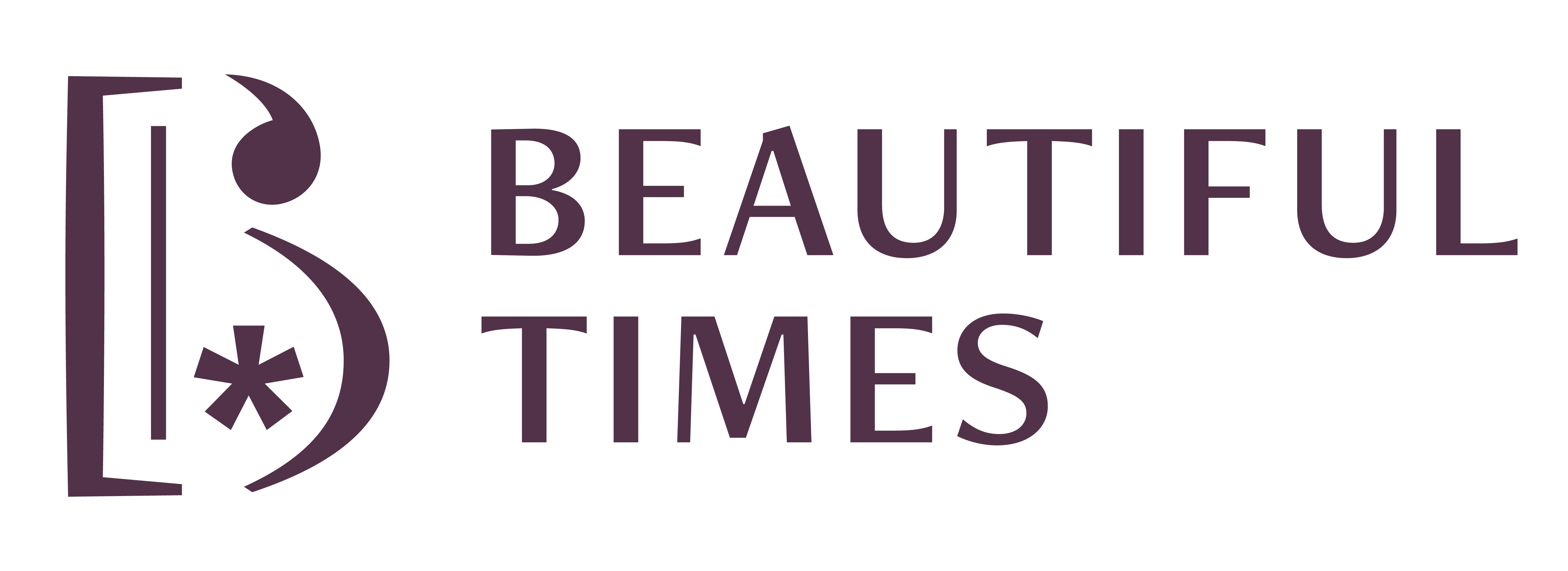How to write SEO Optimized Content quickly – do you always ask yourself this?
As business owners of Micro, Small, and Medium enterprises investing time, resources, and money in content marketing remains a big headache for you, right?
But have you always wondered how to write Search Engine Optimized Content and what it entails? Let’s get started to see what you need to do to write SEO Optimized Content
This blog does not talk to you again about content marketing and its importance, instead, it tells you how to use search engines as your primary marketing channel. Simply put, how Search Engine Optimized content can be your gateway to success.
The best part is that Search Engine Optimization is FREE, it’s doable and with some research and experimentation, you can increase your online presence, build your brand, enhance your reputation, and importantly, improve your sales and bottom line.
When you type in the word – Search Engine Optimized Content – in the Google Search bar it can throw up a huge list of relevant sites for you to read and follow. But let me tell you, the amount of information can be overwhelming. This blog has captured the key highlights of how a small firm can get started in building search engine-optimized content that enhances its discoverability.
“Over 90% of searches worldwide happen on Google. The second and third most used search engines worldwide are Yahoo and Bing with 3.23% and 3.17% market shares, respectively.”
Source: https://www.forbes.com/advisor/business/software/seo-statistics/
What is SEO-optimized content?
SEO-optimized content is doing a set of targeted tasks to your website to get search engine ranking and drive more organic traffic to your site.
How KEYWORDS infused content is the first place to start
This is nothing but writing content keeping in mind keywords and key phrases that a person would search for. It is like getting into the mind of a potential web surfer and identifying what they would type while looking for information and using the same words to build your content.
- When embarking on building your online content asset the first step is to see what type of searches exist for this topic and use these as your central keywords
- Using them in headings, subheadings, meta tags, and descriptions will be crucial in making your copy SEO-optimized
- Use Long-tailed keywords instead of just one or two word-based keywords will drive more relevant traffic to your site
- Use how to, near me, close by, best list, top, and words like these to make your keywords long-tailed ones
Example:
- Short tail: Movies
- Medium tail: South Indian Movies
- Long Tail: Top 10 Malayalam Movies of 2023

SEO Optimized Content – Adding Keywords
Focus fully on ON-PAGE SEO for better ranking
Your website is your digital real estate that you have complete control over as against other factors that determine your ranking and drive organic traffic. SEO-optimized content hinges completely on On-Page SEO and in fact, the above-mentioned keyword inclusions also fall under this. Often referred to as on-site SEO, it has a bevy of features that are again free, and with little planning and thought you could be at the top list of Google searches.
To begin with, keyword-infused content is the first place to start. But don’t stop there, you could make a simple checklist of the following and when you post content ensure the checklist is covered. Else don’t post, because it’s an effort wasted.
URL
The URL of your blog should have the main keyword that you have chosen for the piece as consistency in keyword orientation is important. E.g. www.SEO Optimized Content. Sometimes numbers and slashes appear in the URL if it isn’t optimized for SEO it puts off not only Google but also the readers.
Title Tag
The title tag is the HTML code or simply put the blue hyperlinked text that appears in the list of Google listings when you search on a topic, E.g. How to write SEO Optimized content
Meta Description
This is the short overview that appears right after the blue hyperlinked Title Tag that tells the reader what the article is all about and why they should read it. It’s a wonderful piece of information much forgotten but helps in the ranking. Keep it simple, short, and straightforward.
E.g. How to write SEO-optimized content: Here are simple but powerful ways to learn how to write SEO-optimized content in 30 minutes flat.
Headings & Subheadings
Apart from guiding the reader through the blog, it is a great opportunity to use keywords strategically and improve ranking. E.g.
-
- Heading 1: What is On-Page SEO
- Heading 2: Title Tags
- Heading 3: What is a Title Tag?
Internal Links
Linking to relevant and useful blogs within the site is a powerful way of optimizing your content for SEO. It demonstrates your mastery over the subject and keeps the reader longer on your site, which sends signals to Google saying that your site is valuable.
External Links
Linking to reputed external sources is yet another powerful way of building a loyal customer base. Because you signal that user experience is key and not just keeping them on your site. Add helpful anchor text to show what they can experience in the external link.
Images
Adding images apart from making your blog attractive it also gives you yet another opportunity to add SEO-optimized content. So don’t name your images as 1, 2, and 3 as sometimes we tend to do. It helps search engines to find your images and thereby your blogs. Keep the alt text or alternative text short but descriptive and no need to add an image – as everyone knows you are referring to the image.
Videos
It’s simple actually, YouTube is owned by Google and naturally, it will pick up links that point back to its video hosting platform. Videos allow people to stay more on your website and reduce or remove bounce rate, it gives a superior user experience and prompt social sharing.
On Page SEO Checklist
Are you also checking PAGE SPEED?
- Assuming that you have done all of the above meticulously but if your site doesn’t load or takes time to display – that would be the biggest failure. So, working to optimize the pages so that they load quickly and all images are displayed is essential. There are 3 factors for this:
- Largest Contentful Paint (LCP): How long it takes for the main content to load
- First Input Delay (FID): How long it takes for the site to respond to the user’s click
- Cumulative Layout Shift (CLS): How much your webpages move as content loads
- You can check this by clicking: https://pagespeed.web.dev/
Adding FEATURED SNIPPETS helps in CTR
- Is a simple paragraph, image, bullet list, or table that answers a direct query. You could add it under the introductory paragraph of the blog. This is a fantastic way of getting listed and increasing your Click Through Rate (CTR). Don’t miss this simple yet powerful way of getting the top slot in search engine ranking. And yes, including the keyword here is again going to help you big time.

SEO Optimized Content – Featured Snippet
Write your blog based on the optimum PAGE LENGTH
This is a much-discussed topic when it comes to SEO-optimized content and the short answer is: 2500 to 2700 words is considered optimum. But then it all boils down to value, user experience, and takeaways. How much value are you providing to the user? Will they devour your blog with videos, graphics et al, and finally what will they learn, and are you answering their questions in your blog? These are the things that you need to keep in mind while building your blog.
Conclusion
All this said, there is yet another equally important dimension which is the off-page SEO which we will talk about in the following blog. But if you are getting started with creating your own SEO optimized content for your firm then do the above but don’t wait for that perfect optimized copy. Getting started and figuring it out along the way will make you enjoy the process and address the challenges along the way.
===================================================================================================
And yes, you can read more of my blogs on Branding and Content Marketing right here. And, would love to talk to you to discuss your content marketing goals for your organization – bhuvanarajaram9@gmail.com or + 91 98415 96366 (WhatsApp).
Header Image by HamZa NOUASRIA on Unsplash







